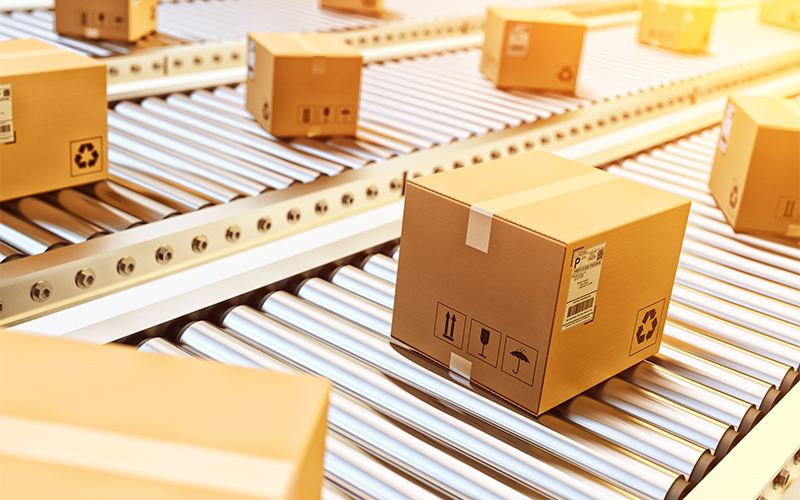Retail, CPG and Logistics
Why does AI in retail create better demand forecasting?
Demand forecasting determines the willingness of consumers to purchase specific products, in a specific timeframe and at a specific price, by using statistical models. When it works well, demand forecasting can help retailers set optimum prices for each SKU, set accurate targets and stock optimum inventory to maximise sales. However, demand forecasting does not really work as well as expected for a variety of reasons. It could be due to the type of product or the demand for the product. For instance, demand forecasting errors are higher for sporadic products such as high-fashion trends, than for, let’s say, a grocery store item such as a shampoo. Demand for products is not the same - for example, a blue t-shirt may have a different demand than a pink t-shirt. Generally, even retailers who use automated forecasting tools do not have the time to get into the micro details for combinations. A lot of assumptions are made during demand forecasting, which leads to a poor forecast.
Challenges in demand forecasting
Accurate forecasting helps businesses make critical decisions regarding supply chain and improve business outcomes. Demand volatility results from fluctuations in product prices, weather conditions, promotions or even social media posts. Consequently, companies cannot rely on it completely. Some companies such as Ikea have used demand forecasting effectively and have seen tremendous success. Arriving at the right model and technique for demand forecasting is challenging as there is always some amount of uncertainty associated with forecasts due to the various internal and external factors influencing it. Companies need to refine their forecasting model to arrive at accurate predictions.
To develop a robust demand forecasting model, organisations need to use accurate data sets. The data sets can be humongous, and companies should employ big data services to mine the data and arrive at an accurate forecast in real time. For instance, Uber, one of the world’s largest ride-sharing companies, uses demand forecasting to arrive at estimated fares.
AI-powered retail forecasting
Product demand in retail bpm is a complex behemoth and can greatly benefit from AI and ML technology. Let’s take a look at some of the reasons why AI-based demand forecasting is gaining traction in retail.
Improves accuracy of forecasts: AI-based demand forecasting can utilise massive amounts of unstructured data, determine the data that is the most important, and the granularity that is needed. A wide range of factors and relationships affect demand on a daily basis. AI can use real-time and/or unstructured data such as weather patterns, online reviews or demographics to arrive at improved forecasts. Due to its ability to learn from the past, the algorithm is always improving, delivering better forecasts every time.
Can optimise merchandise delivery: With AI and ML use retail businesses can rectify the supply chain, grab data and insights from smart devices in the field and plan logistics. Merchandise delivery can be optimised with minimal human intervention.
Improves logistics: AI can be used to improve inventory planning. AI-based demand forecasting software can be used to analyse interaction between multiple demand patterns, orders, channel allocations and logistics to get an overall view of the supply chain, manage logistics and replenish inventory based on customer demand.
Provides ability to respond to sudden fluctuations in demand: With the algorithms using real-time data, and providing daily forecasts, supply chain managers can respond quickly to sudden changes in demand.
Caters to multiple factors: Retail demand forecasting involves a multitude of factors - recurring demand patterns such as demand during weekends or holiday season, internal business decisions such as price changes, external factors such as weather or local events, unknown factors such as, for example, the pandemic. AI and ML-based solutions can automatically include all these factors for demand forecasting.
Improves customer satisfaction: When retailers are able to match customer demand, it results in a happier customer who has access to relevant assortments and new products. This improves overall customer experience and brings the customer back to the brand.
AI-based demand forecasting provides a good foundation for accurate forecasting that improves inventory, logistics, predictability, accuracy and customer satisfaction. Adopting AI and ML-based demand forecasting platforms will help companies make accurate and agile* forecasts, and give them the necessary competitive advantage.
*For organizations on the digital transformation journey, agility is key in responding to a rapidly changing technology and business landscape. Now more than ever, it is crucial to deliver and exceed organizational expectations with a robust digital mindset backed by innovation. Enabling businesses to sense, learn, respond, and evolve like a living organism, will be imperative for business excellence going forward. A comprehensive, yet modular suite of services is doing exactly that. Equipping organizations with intuitive decision-making automatically at scale, actionable insights based on real-time solutions, anytime/anywhere experience, and in-depth data visibility across functions leading to hyper-productivity, Live Enterprise is building connected organizations that are innovating collaboratively for the future






